In Photos: Dead Sea Scrolls in America
Around the US
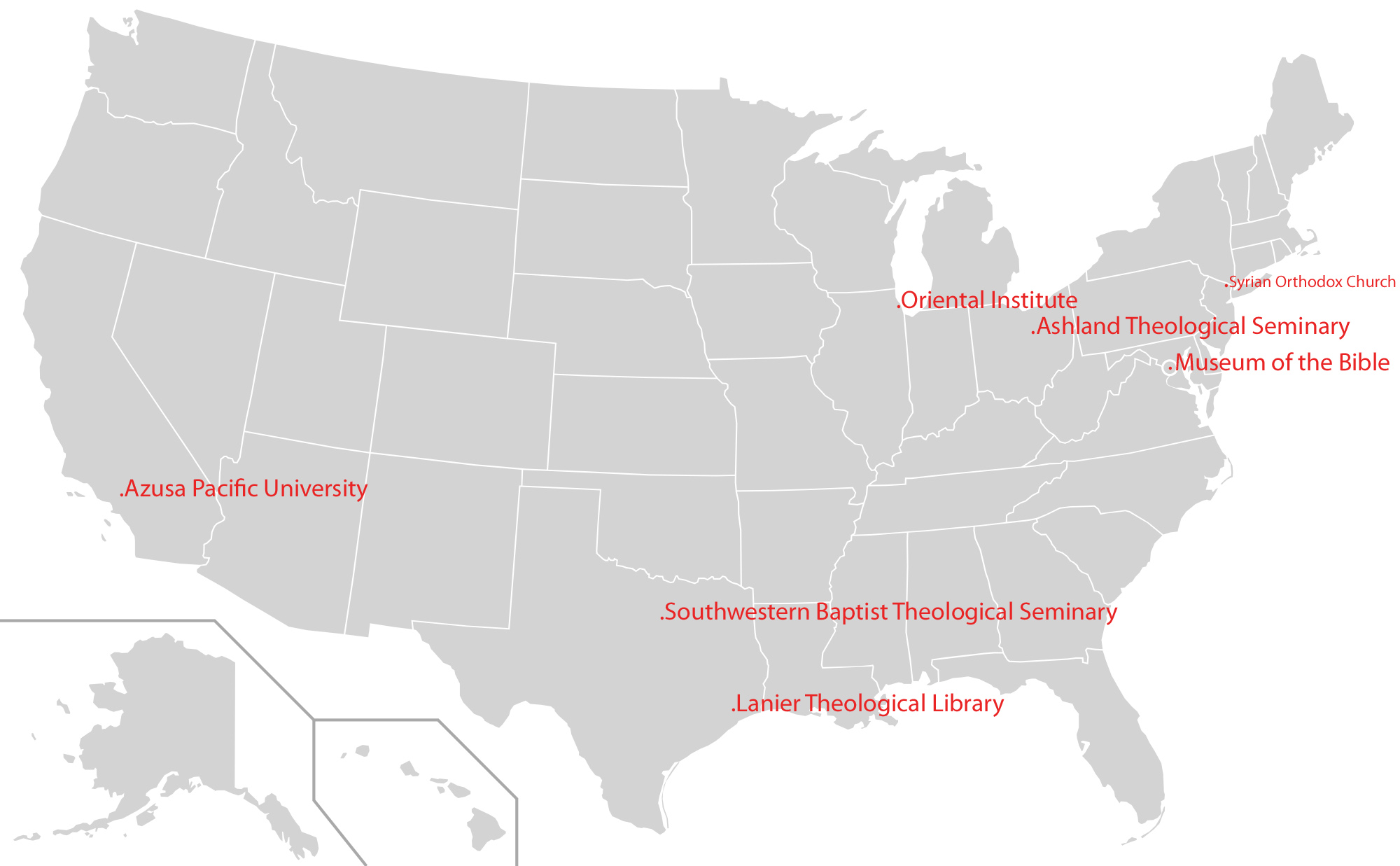
A map showing the location of Dead Sea Scroll fragments that are currently in America. Note 15 fragments were recently sold to an institution in the United States that hasn't made a public announcement and whose identity is unknown. The Museum of the Bible in Washington DC has 13 fragments, the largest collection in America whose location we know of.
A sample
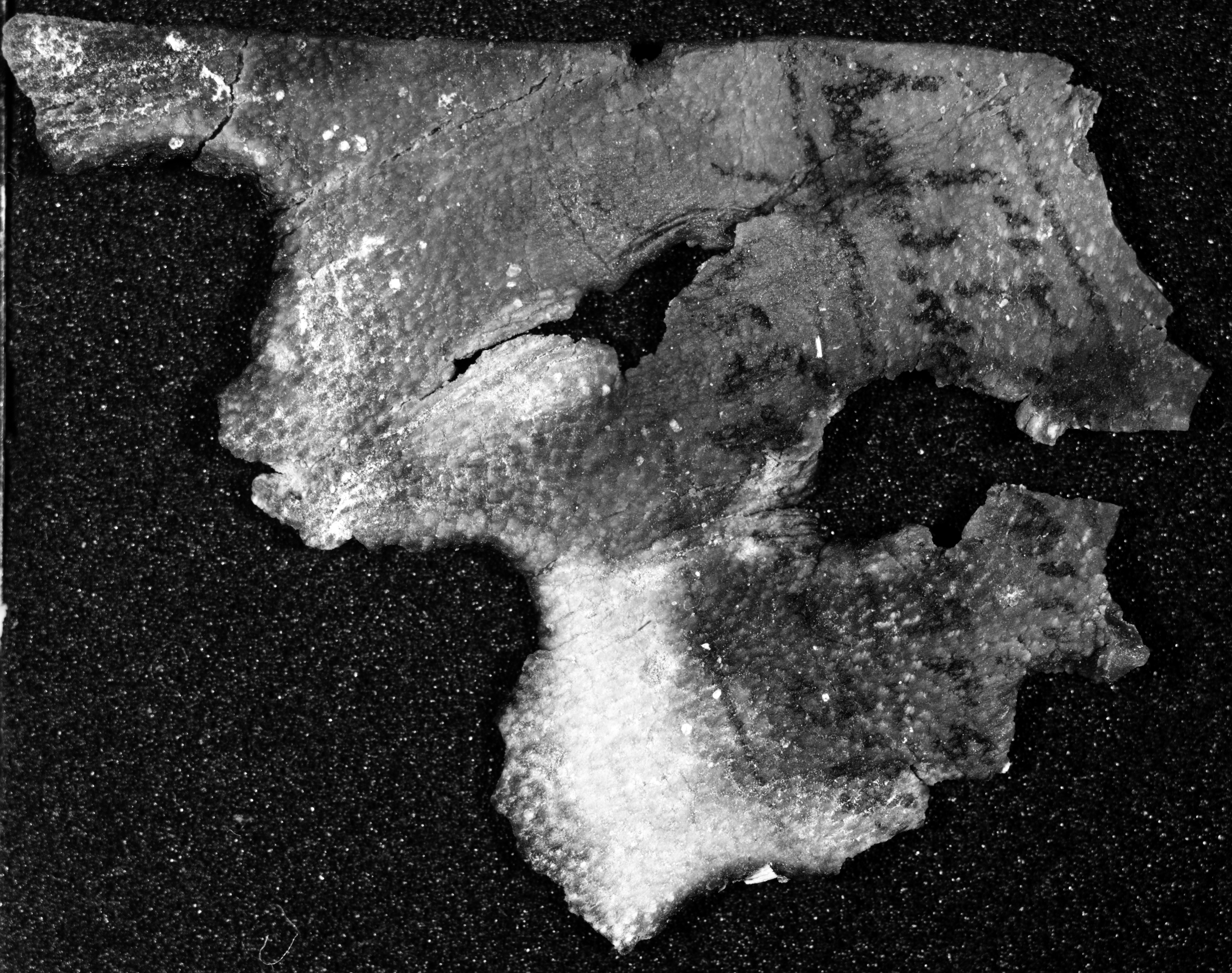
A black and white picture of one of the 15 fragments that was recently sold and is now in an institution in the United States that hasn't made a public announcement. It was sold by an anonymous seller through the manuscript company Les Enluminures.
Greek letters
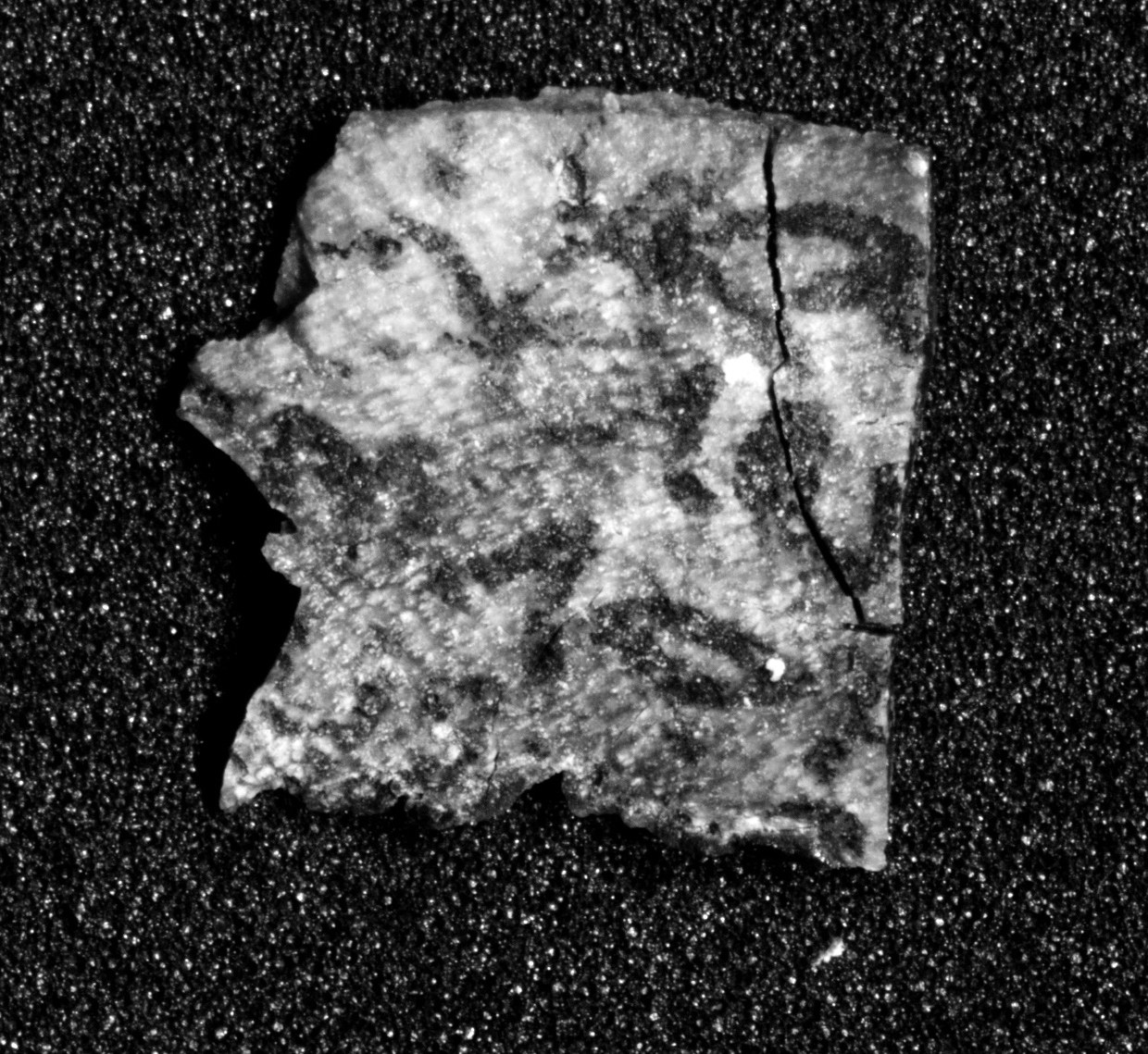
Another of the 15 fragments that was recently sold. There appears to be Greek letters on this fragment. Some of the Dead Sea Scrolls were written in Greek.
Uncertain authenticity
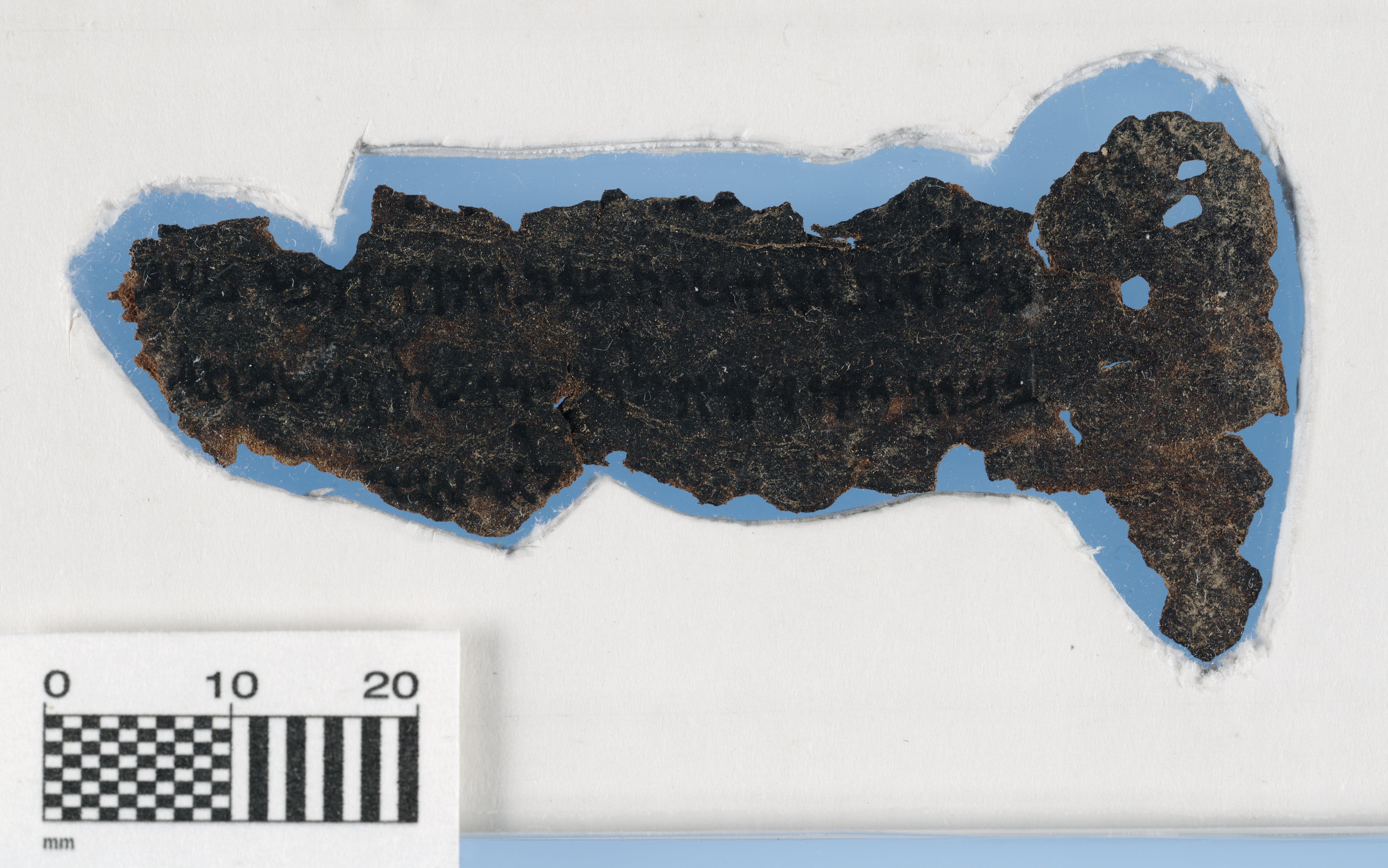
A Dead Sea Scroll fragment, published last year, which is now in the collection of the Museum of the Bible. The authenticity of this fragment is uncertain. Scientific tests are being done and the museum plans to discuss the possibility of forgery and the challenges of authenticating ancient texts in their exhibit. If genuine this scroll fragment preserves parts of Micah 1:4-6 "the valleys will split open, like wax before the fire; like water poured down a slope. By the transgression of Jacob."
Burned by fire
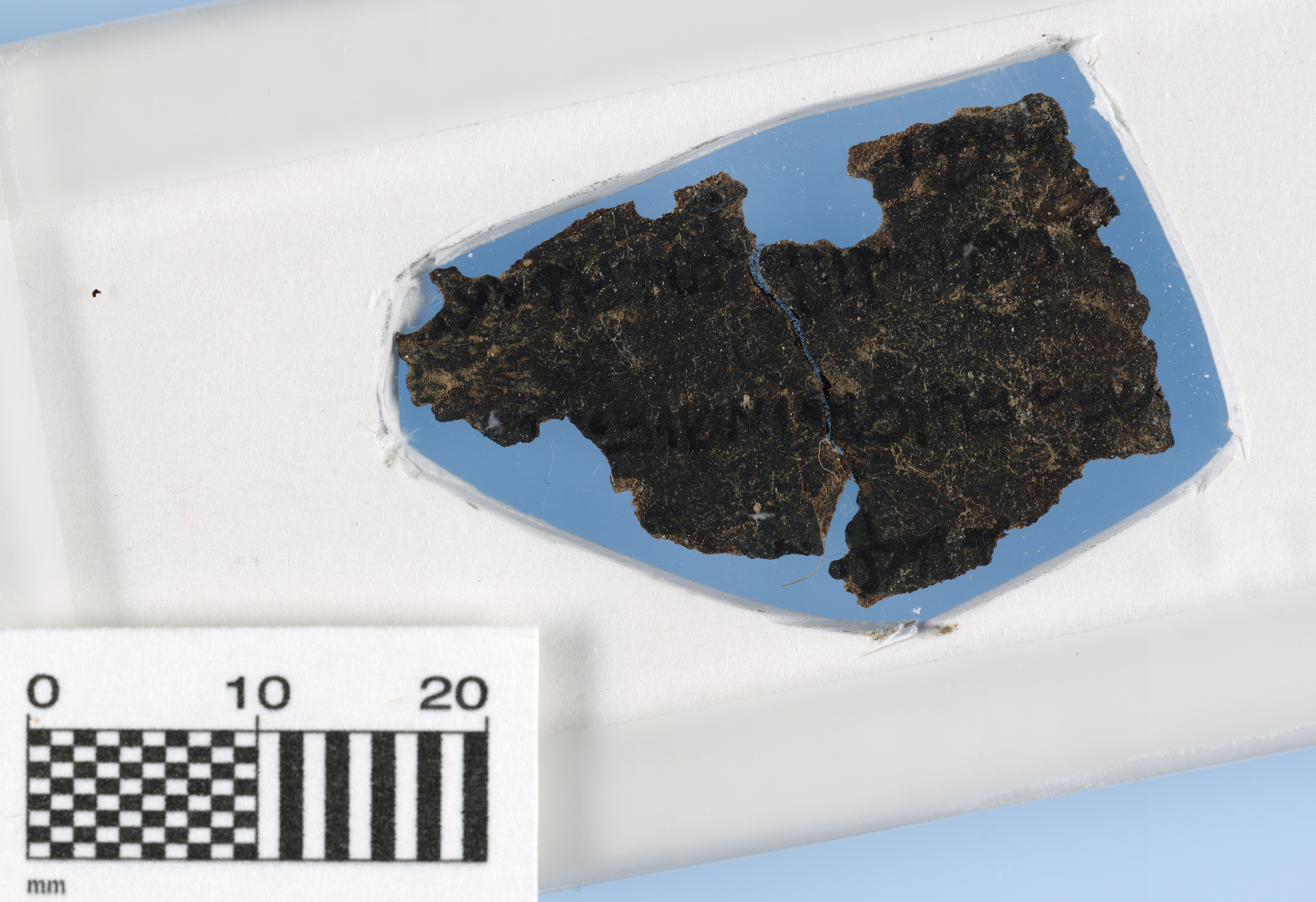
A Dead Sea Scroll fragment, published last year, which is now in the collection of the Museum of the Bible. It preserves parts of Nehemiah 2:13-16. The authenticity of this scroll fragment is also uncertain. The scroll fragment was scorched by fire at some point.
Commands from the lord
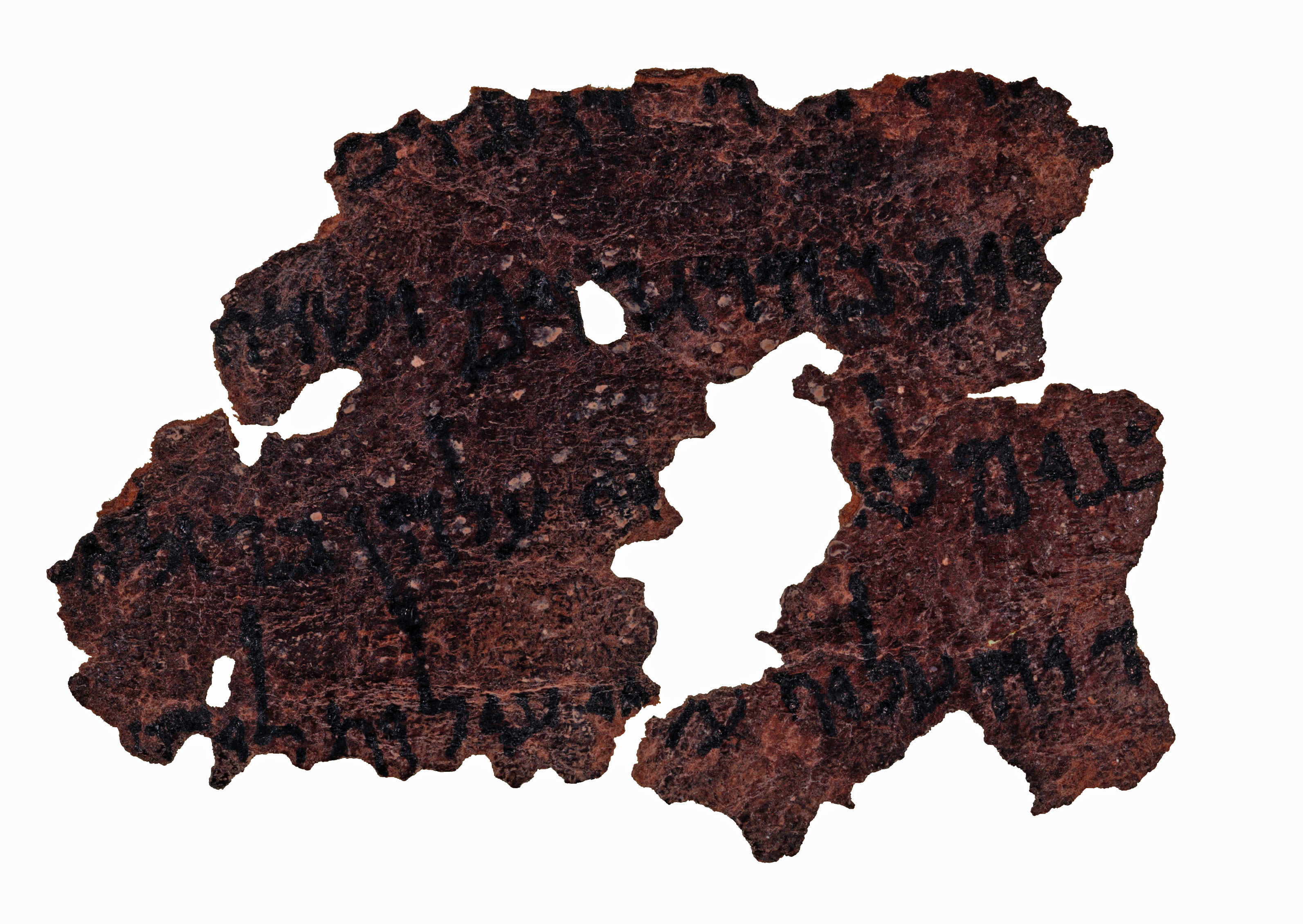
This fragment is at Azusa Pacific University in Azusa, California. It preserves part of Deuteronomy 27:4-6, a passage in which the lord commands that an altar be built for him at Mount Gerizim. A preliminary study of the fragment was written and published online in 2010 by James Charlesworth, a professor at Princeton Theological Seminary.
Preserving the past
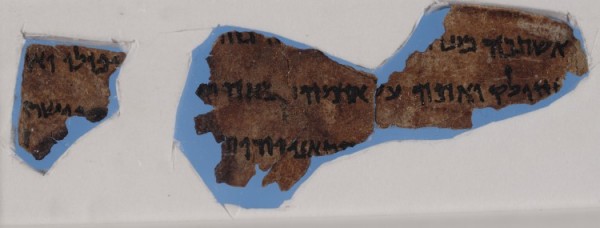
A Dead Sea Scroll fragment which is at Lanier Theological Library in Houston. It preserves part of Amos 7:17 – 8:1. It was studied and published by Emanuel Tov, a professor at the Hebrew University of Jerusalem.
Sign up for the Live Science daily newsletter now
Get the world’s most fascinating discoveries delivered straight to your inbox.

Owen Jarus is a regular contributor to Live Science who writes about archaeology and humans' past. He has also written for The Independent (UK), The Canadian Press (CP) and The Associated Press (AP), among others. Owen has a bachelor of arts degree from the University of Toronto and a journalism degree from Ryerson University.









